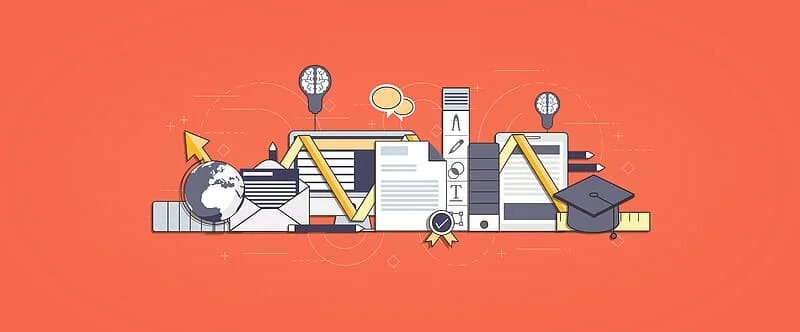There is no doubt that 2020 has been a terrible year. Whilst many of us have been negatively impacted in some way, this doesn’t mean to say there isn’t lots to be thankful for.
Being thankful and giving thanks is something that can make us and others feel better. Saying thank you sincerely has the power to give a joyous jolt of positivity.
What if there was a way to turn this small spark into something bigger?
What if we supercharged the way we gave thanks to others in a way that created a sustained surge of positivity?
It turns out that there are simple steps we can all take to amplify the impact of our thank yous and it requires few words and minimum effort.
Moving beyond the transactional thank you
Many of us find ourselves being transactional when we give thanks. At the supermarket counter, when someone sends us an email, or makes us a cup of tea, we instinctively say “Thank You.” But these type of thank you carry little weight or sentiment, they are reactive and responsive rather than active and heartfelt.
Researchers call this type of transactional behaviour as being passively constructive. Are behaviour is broadly positive but it is unlikely to lift or have an impact on the person we are interacting with.
Giving Active Thanks
We can shift from being passive to more animated and positive in our thanks. This is called being active constructive and can lift the recipient's mood and ours just by adding a few simple ingredients into our thanks.
3 Steps to supercharge our thank yous
1. Be specific
Be specific with what you’re thanking that person for.
“Thank you for making me a cup of tea, it's just what I need!”
This can create a sense of satisfaction for both you and the other person. It’s clear to the recipient that you genuinely value what they have done for you.
2. Highlight impact
Highlight the impact that the person’s help has had on you or others.
“Thank you for making me a cup of tea, it's just what I need! It’ll really warm me up.”
Stating the impact ensures the recipient understands how they have helped you.
3. Highlight a strength
Highlight a strength or positive attribute you saw in the other person.
Thank you for making me a cup of tea, it’s just what I need! It’ll really warm me up. You’re really kind and thoughtful.
Stating a strength shines a light on a specific positive attribute you see in a person. It makes them more inclined to use that strength or behaviour again and can lift their mood and energy levels.
An example of this in the workplace, could be as simple as changing the way you thank a colleague for a piece of work they have done for you. Rather than simply saying thanks when you get an email, you could supercharge this by being specific, highlighting the impact and identifying a strength.
What used to be “thanks” turns into “thank you for drafting that report, it allowed me and the team to get a clear understanding of the issues involved. How you clearly and concisely analysed the data was really artfully done.”
Shawn Achor studied, and then taught, happiness at Harvard University and is the well know author of The Happiness Advantage. Achor uncovered that people tend to believe that happiness comes from big wins or achievements. However, research shows the little activities are of greater importance [1] when it comes to lifting happiness and wellbeing.
Achor suggests that small habits can create big boosts of happiness over time. For example, sending a 2-minute “Thank you” email or text during the day.
Achor has tested this activity at many organisations including Microsoft. For 21 days staff were instructed to write a 2 minute thank you email to someone different everyday. Achor’s findings included boosted levels of happiness, social cohesion and teamwork.
Making 2021 the year of supercharged thank yous
Our gentle challenge of invitation to you is to experiment with changes to how you give thanks in 2021. See what difference it makes to you and others.
You may be surprised in the power of only a few, carefully chosen words.
Thanks giving can be contagious, so let’s start a positive kind of contagion in 2021.
References
http://www.shawnachor.com/project/success-you-have-the-power-to-lead-with-positivity/ [1].















